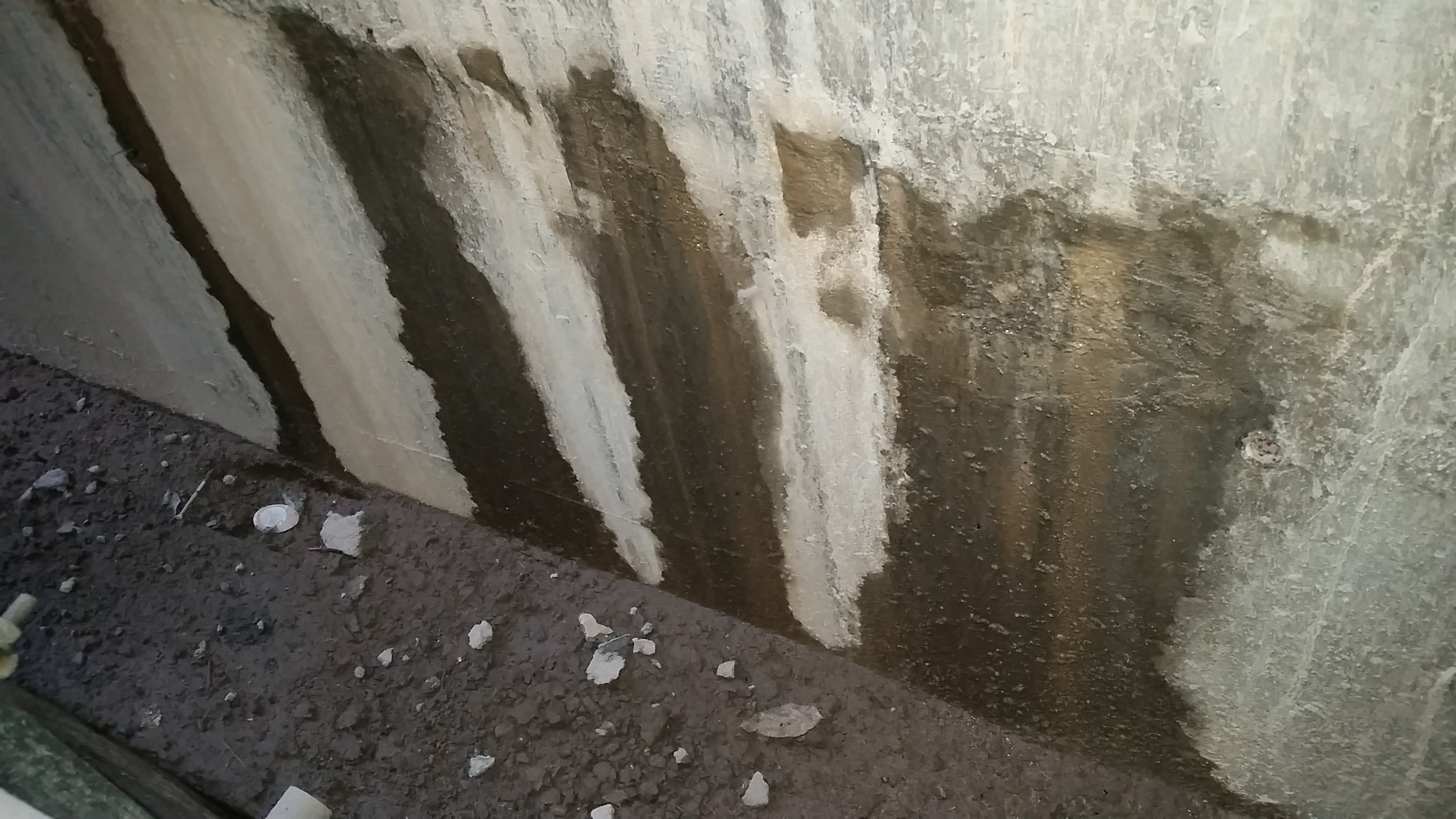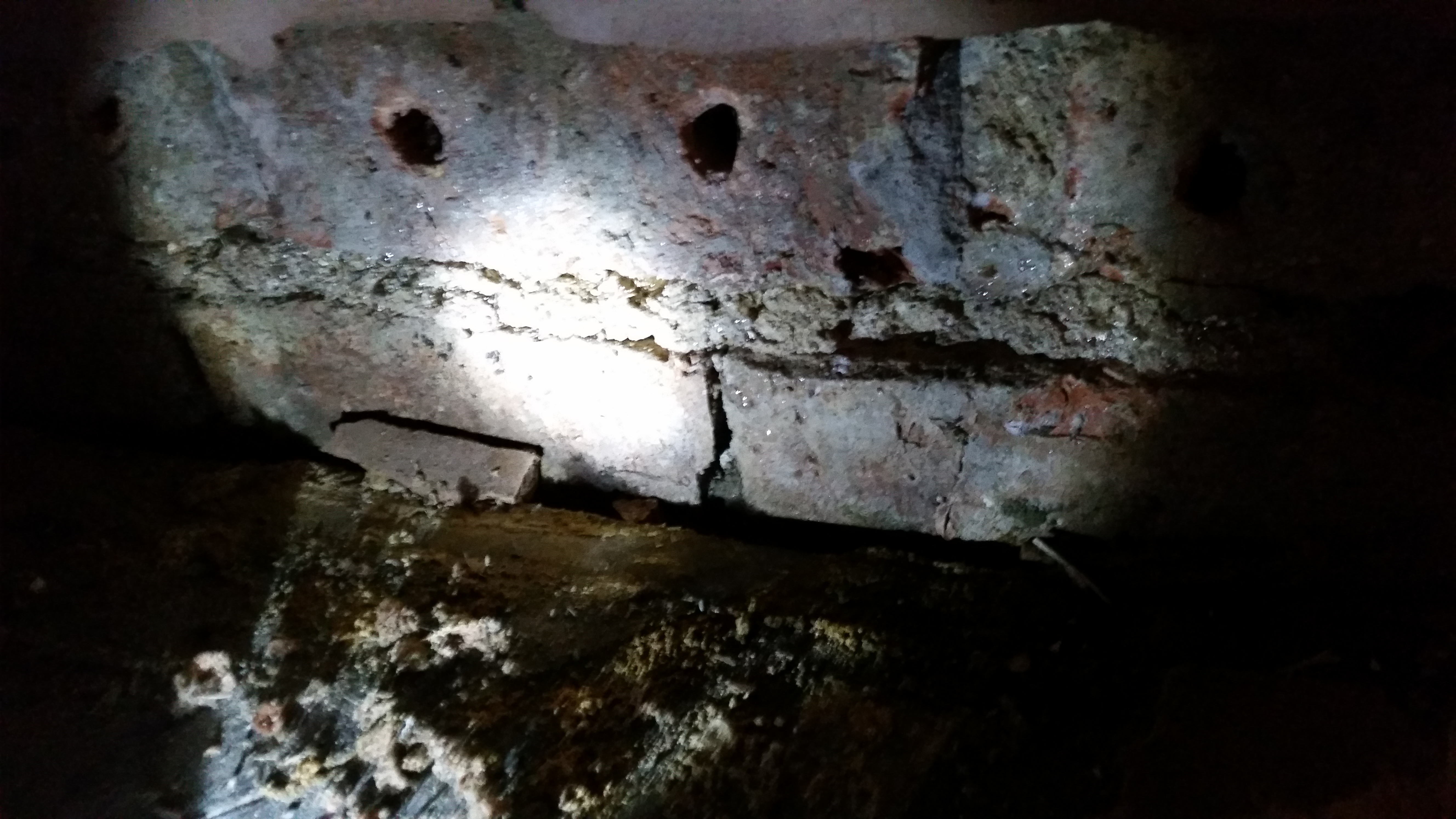Structural Waterproofing Design – Underwriters Crack Down
Insurance underwriters such as NHBC, Premier Guarantee and LABC are all becoming more stringent on structural waterproofing design, and its delaying projects.
I’m seeing an increase in the number of basement projects that insurance underwriters are unwilling to accept. In nearly every case the reason is that waterproofing design hasn’t been carried out by a structural waterproofing specialist.
Waterproofing a structure below ground is a specialist field which calls for experience, training and examination. This is typically represented in the CSSW qualification (Certificated Surveyor in Structural Waterproofing).
Book a CPD presentationBS 8102:2009 (Code of practice for protection of below ground structures against water from the ground) calls for a suitably qualified and experienced professional within the design team on any project involving below ground structures. The technical manuals from NHBC, Premier Guarantee and LABC all do the same and this is becoming more widely recognised and enforced.
Why the crackdown? Because when there’s poor structural waterproofing design and defects occur the costs are dramatic. Between 2005 and 2013, claims related to waterproofing below ground cost NHBC in the region of £21 million and affected around 890 homes [ref]. This lead to the introduction of a new chapter in their technical manual (Chapt 5.4).
Download a CPD presentation here:
Here’s a photo of the outside wall of a multi-million pound basement in London that Property Care Consultants were called in to investigate:

Water is coming in through a construction joint above a basement swimming pool. Perhaps this problem doesn’t look too dramatic, but it wasn’t limited to just one location and the remedy lost the end user at least 75mm off all walls and floors. Not to mention adding several months and about £80,000 to the construction. Fortunately this issue was picked up during construction and before fit out. What would the costs have been if the entire swimming pool/sauna/steam room complex had to be stripped out (together with the high spec ceramic tiles and interior).
On other projects Property Care Consultants have stepped into entire terrace structures had to be re-built and earth retaining walls moved because of poor waterproofing design.
Free telephone consultationDon’t let your project become like the one above, instruct a suitably qualified waterproofing specialist early in the design stage.
Adding Property Care Consultants to a design team when dealing with below ground structures will prevent horrible waterproofing problems and produce tender documents which save far more than consultancy fees.
Property Care Consultants provides structural waterproofing consultancy through CSSW.LONDON







